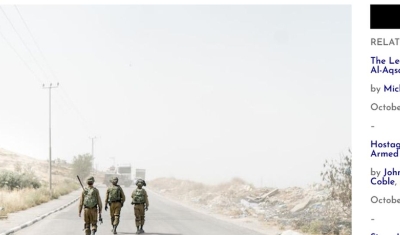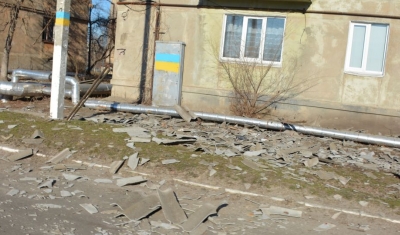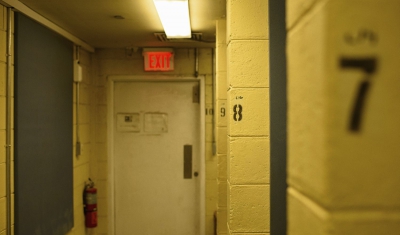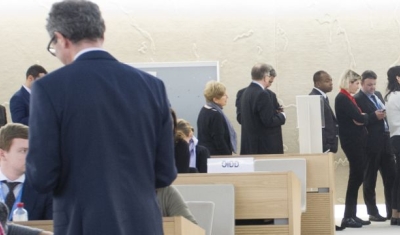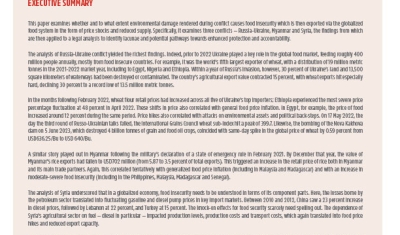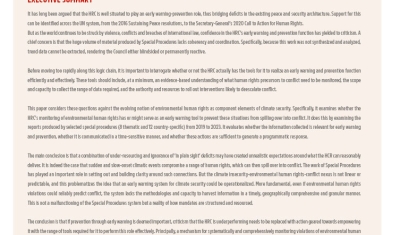THE WAR REPORT: ARMED CONFLICTS IN 2016

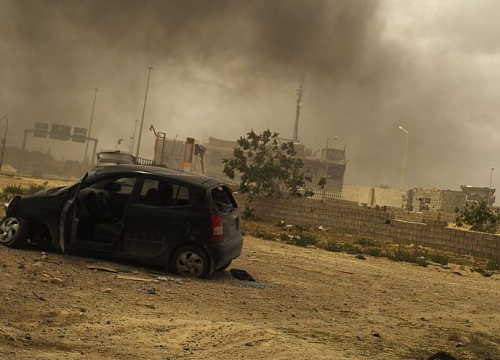
ICRC
10 April 2017
In 2016, 49 situations of armed violence amounted to armed conflicts according to international humanitarian law and international criminal law. The vast majority are non-international armed conflicts, as in preceding years, highlighting the changing nature of warfare. The analysis highlights two trends: the heavy toll of current armed conflicts on civilians often trapped in sieges and battlefields in cities and increased international interventions in conflicts.
The 100 page War Report identifies, describes, and discusses the situations of armed violence that amounted in 2016 to armed conflicts, in accordance with the definitions under international humanitarian law (IHL) and international criminal law (ICL).
In 2016, at least 49 armed conflicts occurred on the territory of 28 states and territories: Afghanistan, Azerbaijan, Colombia, Cyprus, the Democratic Republic of Congo (DRC), Egypt, Eritrea, Georgia, Iraq, India, Lebanon, Libya, Mali, Moldova, Myanmar, Nigeria, Pakistan, Palestine, the Philippines, Somalia, South Sudan, Sudan, Syria, Thailand, Turkey, Ukraine, Western Sahara, and Yemen.
A Majority of Non-International Armed Conflicts
36 of these 49 armed conflicts were ‘non-international’ in character, between armed non-state armed actors or between one or more states and one or more armed non-state actors. These took place in the territory of 20 states: Afghanistan, Colombia, the DRC, Egypt, India, Iraq, Libya, Mali, Myanmar, Nigeria, Pakistan, the Philippines, Somalia, South Sudan, Sudan, Syria, Thailand, Turkey, Ukraine and Yemen. This majority of non-international armed conflicts (NIACs), as in previous editions, highlights the changing nature of warfare.
‘This implies that most armed conflicts today involve armed non-state actors’ stresses Annyssa Bellal, the author of the report. ‘This raises several questions regarding the obligations of these actors under IHL and international human rights law, as well as their criminal responsibility under ICL’ she adds.

Key Developments in Selected Armed Conflicts: From the Headlines to Forgotten Conflicts
The 2016 edition highlights key developments in selected armed conflicts: Syria, Nagorno-Karabakh, Western Sahara, the military occupation of Cyprus by Turkey, Afghanistan, Colombia, Egypt, Iraq, Mali, South Sudan, Turkey, Ukraine and Yemen. For each conflict, the War Report presents its history, parties to the conflict, key developments in 2016, and war crimes allegations, investigations, and prosecutions.
‘Some of these conflicts regularly make the headlines, like Syria or Iraq, but others are completely forgotten, like the armed conflicts in Nagorno-Karabakh, Western Sahara, Mali or South Sudan’ underlines Annyssa Bellal.
The NIAC in Mali led to interesting jurisprudence by the International Criminal Court on the destruction of cultural property, the so-called al-Mahdi case, whereby Ahmad al-Faqi al-Mahdi was sentenced to nine years imprisonment for intentionally directing attacks against 10 mausoleums and mosques in Timbuktu between 30 June and 11 July 2012.
Clashes in South Sudan throughout 2016 included continuing ethnic violence, reports of widespread sexual violence and rape by government forces, looting, and indiscriminate attacks. Increase in incitement to ethnic violence led to warnings that the situation may escalate into genocide.

Heavy Toll on Civilians
‘A common feature of several current armed conflicts is the heavy toll on civilians who are often trapped in sieges and battlefields in cities’ underlines Annyssa Bellal. ‘The use of explosive weapons in populated area, often leading to the destruction of essential civilian infrastructure has a devastating humanitarian impact in many situations of armed conflicts’ she adds.
In Afghanistan, the Taliban’s Spring offensive ‘Operation Omari’, launched in April 2016, hit Kabul with an attack that killed dozens and wounded more than 300 people. Attacks intensified from August to October 2016, including on the Afghan defense ministry, killing 35 and injuring more than 103 in Kabul.
In Mosul, Iraq, around 650,000 civilians are trapped in the city since October 2016, when the Iraqi government forces launched the operation to retake the city from control by the Islamic State (IS).
In Syria, the battle of Aleppo was one of the longest sieges in modern warfare, leaving an estimated 31,000 people dead, almost a tenth of estimated overall Syrian war casualties.

In Yemen, more than 6,800 people were killed and 35,000 injured from March 2015 until August 2016. More than one-third of all Saudi-led multinational coalition raids have hit civilian sites, such as school buildings, hospitals, markets, mosques and economic infrastructure.

Increased Resort to Military Responses and International Involvement in the Context of Current Crisis
‘We also observe a resort to often heavy-handed military response and international involvement in contemporary conflicts, as in Libya, Syria and Yemen’ underlines the author. This might have important legal consequences, notably on the qualification of the conflicts and the responsibility of the actors involved.
In Syria, foreign involvement significantly increased since the beginning of the conflict five years ago. In 2016, 16 states were involved, including the United States of America (US), Belgium, Canada, Denmark, France, Germany, Italy, Iran, Jordan, Morocco, the Netherlands, the Russian Federation, Saudi Arabia, Turkey, the United Arab Emirates and the United Kingdom. As such, the War Report considers that there is arguably an international armed conflict between Syria and members of the US-led international coalition and Turkey, due to the absence of the Syrian government’s consent to the aerial air strikes conducted by these actors on Syrian territory.
While Libya has been marred since 2014 by armed violence between several non-state armed groups, notably the ‘Libya Shield’, the group of militia known as ‘Libya Dawn’ and the Ansar al-Sharia armed group. With the integration of Ansar al-Sharia in the Islamic State (IS) and the advent of IS in the conflict, the year 2016 witnessed the beginning of another round of armed violence. In August 2016, the U.S. launched sustained air operations against IS in Sirte at the invitation of the unity government. As the intervention took place with consent, the nature of the armed conflict remains non-international.

While Ukraine was involved in a non-international armed conflict opposing the armed forces of the Government of Ukraine to pro-Russian separatist armed groups, The War Report argues that there might be also a parallel international armed conflict with Russia, a qualification that Ukraine claims from the outset but that Russia denies.

Background
The War Report is an essential reference for experts, governments, policy-makers, NGOs, international organizations, donors, international courts and tribunals, judges and lawyers who work on human rights, humanitarian issues, and peace or security.
With the Geneva Academy’s Rule of Law in Armed Conflict (RULAC) portal, the War Report is the only independent global classification of armed conflicts under international law. ‘Such independent classification is essential as it has far-reaching implications, notably regarding applicable law, the commission of war crimes or the work of the International Committee of the Red Cross (ICRC)’ underlines Robert Roth, Director of the Geneva Academy.
‘The classification of a situation of armed violence under international law is an objective legal test and not a decision left to national governments or any international body, not even the UN Security Council’ he adds.
The War Report: Armed Conflicts in 2016
In this video, Annyssa Bellal, Strategic Advisers on international humanitarian law and Research Fellow at the Geneva Academy tells us about the 2016 edition. The 100 page War Report identifies, describes, and discusses the situations of armed violence that amounted in 2016 to armed conflicts, in accordance with the definitions under international humanitarian law and international criminal law.










